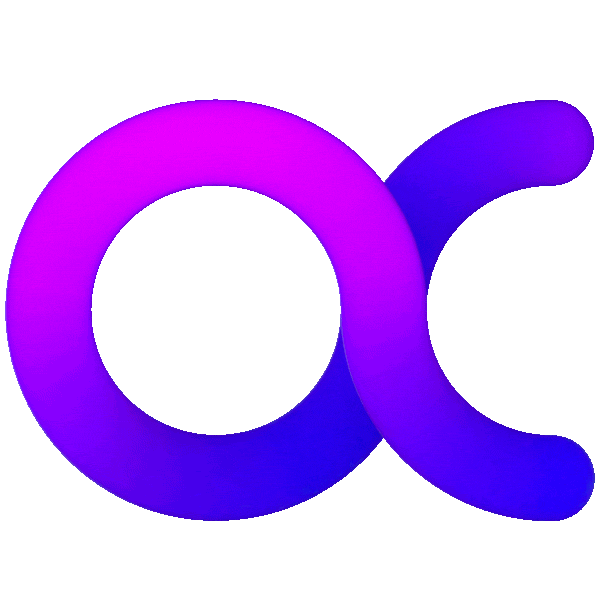Most people who have any familiarity with SEO are aware that it can be broken down into two major areas of concern, being on-page and off-page, at least in our experience as a Michigan SEO Company.
Off-page SEO refers to backlinks and all the strategies for trying to increase traffic by the usage of such backlinks. On-page SEO traditionally gets a lot more attention from experts who are trying to improve your search engine rankings. Those are the ones and who are also trying to improve user experience.
These recent years, Google has been paying more attention to the performance of a website, after many years of focusing on the type of content which was provided on sites. For example, in 2018 Google began penalizing website owners for slow-loading performance. They correctly assumed that visitors to such websites would have poor user experiences. They concluded that those visitors would not wait around for all the graphics and other content to load.
In 2020, Google made the announcement that they would be updating its core algorithm to include more evaluations of performance around May of 2021. All of these tests would also theoretically increase user experience.
Performance Matters
The reason we pay so much attention to user experience is that it’s one of the critical factors in determining how useful and how valuable visitors find any website to be.
No matter how good the content is, it will not be deemed to be of high value to a user if it loads slowly and degrades the user experience. Also, search engine rankings will accordingly rank it lower as well.
Performance is thus a key factor in user experience. All these updates come from Google attempting to improve user experience by adding new elements to its core algorithm.
The Google Announcement
In its initial announcement, Google indicated they will include Core Web Vitals ranking signals in its current matrix of signals. User experience, safe browsing, HTTPS security, mobile-friendliness, and the detection of intrusive interstitials are all the signals associated to the site’s performance.
Google will still strongly value high-quality content. Though in cases where several websites all have high-quality content, those sites which have a better page experience will be ranked more highly.
A couple of assumptions can be gained from this announcement. The first of which is that if your niche happens to be flooded with all kinds of great content, it will be absolutely vital for you to provide your users with a great page experience. This is to make your site rank higher.
The second assumption is that it would be a mistake to overlook the importance of having great content. Even if your page experience is fantastic, that alone won’t be enough to beat out your rivals.
Without having both high-quality content and great page performance, your competitors can leave you rolling in the dust.
What does Core Web Vitals mean?
The first component of Core Web Vitals (CWV) is loading performance. This, of course, refers to how long it takes for the biggest element on any page to be fully loaded. That’s what Google refers to as the Largest Contentful Paint (LCP).
Google is expecting that at least 75% of all pages you have to load will be capable of loading their largest components in 2 and a half seconds or less. A page that takes more than four seconds to load will have a low LCP score. That will probably be enough to drag down your overall good page ranking.
The next element in CWV is webpage interactive responsiveness, and by this Google means how long it takes your website to react whenever a particular user clicks on a button or a link or somehow interacts with elements on your webpage. Google refers to this as First Input Delay (FID). In order to get a good FID score, your site will need to have at least 75% of all pages being responsive in less than 100 milliseconds.
Finally…
The third component of CWV is page stability, and this measures how stable your webpage is during the loading process. As an example, your webpage starts to load and then undergo expansion to make room for some other component. This will make you could end up with a low page stability score if this happens very abruptly, or if it happens late in the loading process. This is the Cumulative Layout Shift (CLS) according to Google.
It does not include situations where you might extend the page shift. Such instances occur when a person clicks on a heading to expand any text which might be just below it. In this situation as well, Google expects to see at least 75% of your pages meet the prescribed standard. This is a pre-computed measurement it has defined.
Steps our Michigan SEO company has taken
Since Google has announced that it will provide six months’ notice before implementing these new standards, it would behoove all companies whose focus is SEO to take these into account and prepare for the change.
Our Michigan SEO company has already taken steps to accomplish this. We have conducted a thorough self-evaluation of our processes and we suggest you do that as well:
First of all, we have accessed our Chrome user experience. This is to have a general idea of what any typical user to our site might encounter.
After this, we have assessed our PageSpeed Insights. This has given us very useful information about load times, and about the loading process in general. There is also a great deal of information available on your Google Search Console. You can use it to improve user page experience and site performance in general.
Any SEO company which fails to take action and prepare for the coming update is likely to lose its edge and become less effective in applying SEO principles to client websites. A word to the wise would be to take the Google announcement to heart, and not wait until Google issues the 6-month notification because by then it will be too late to make any significant changes in your process.



